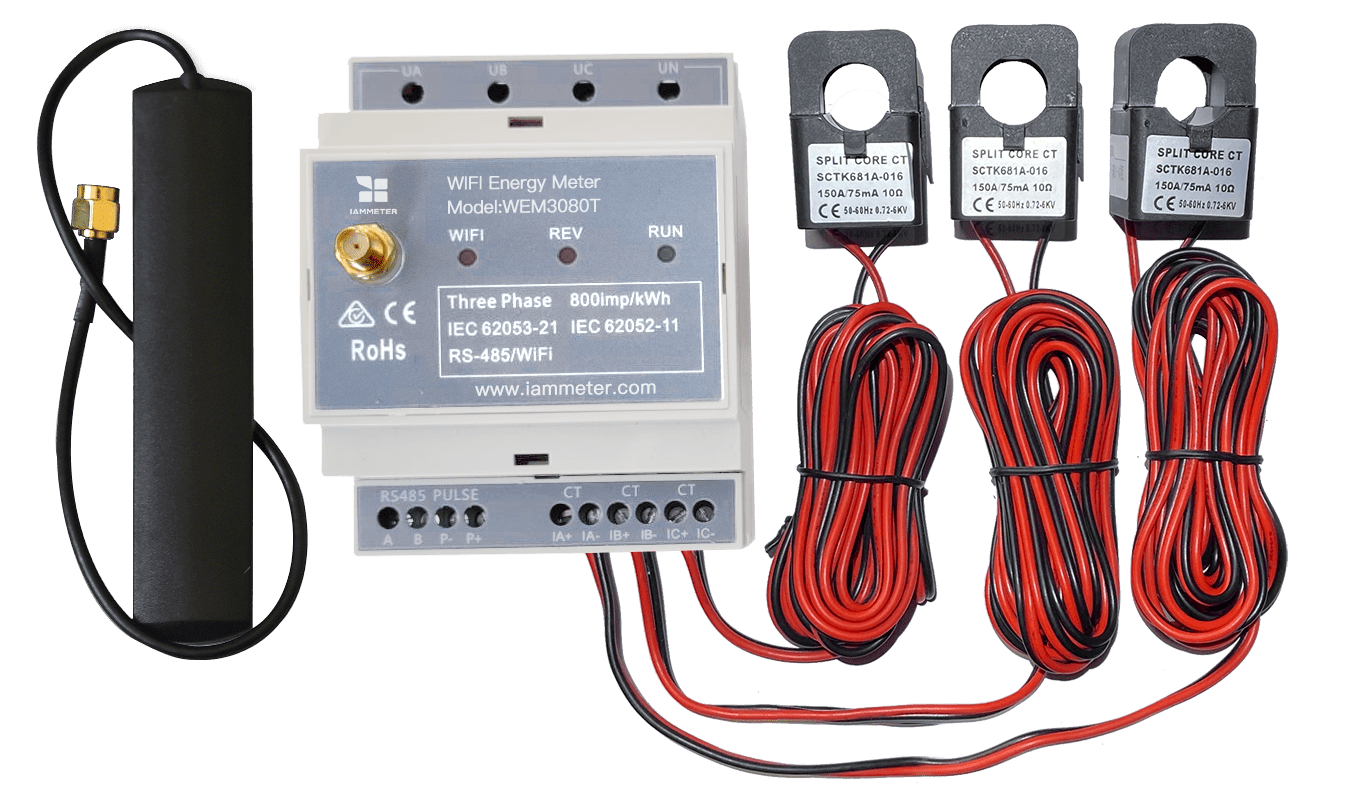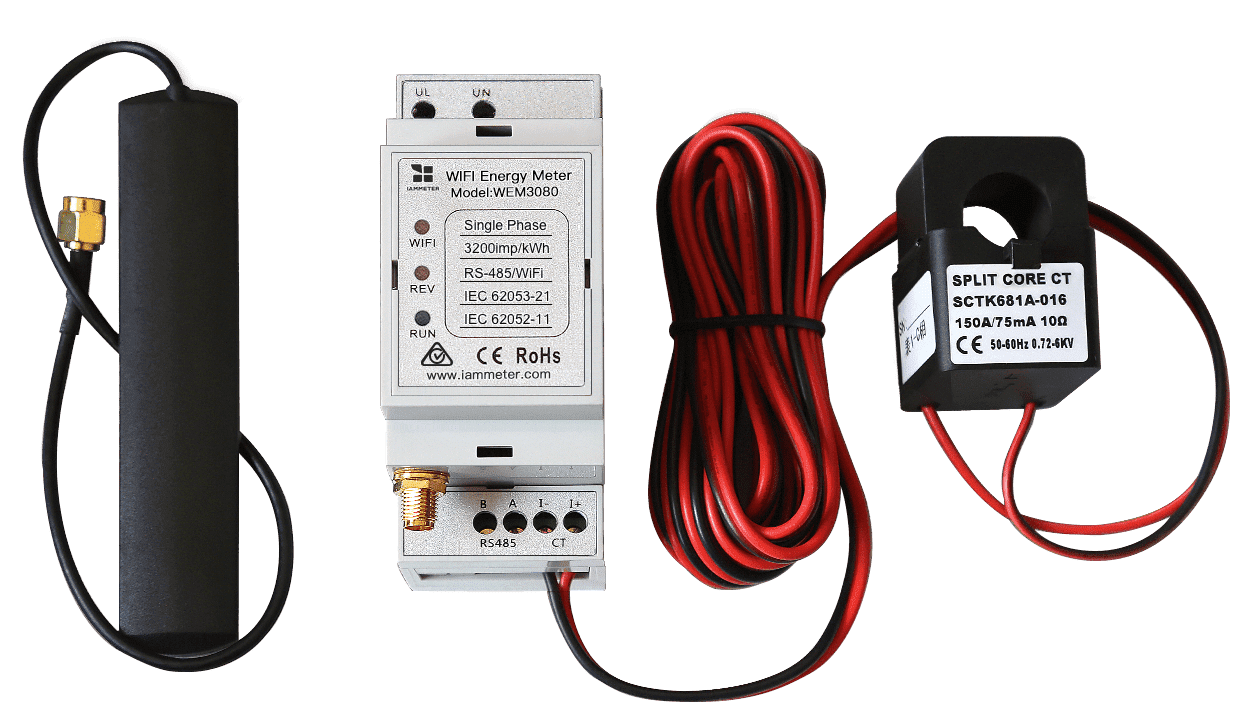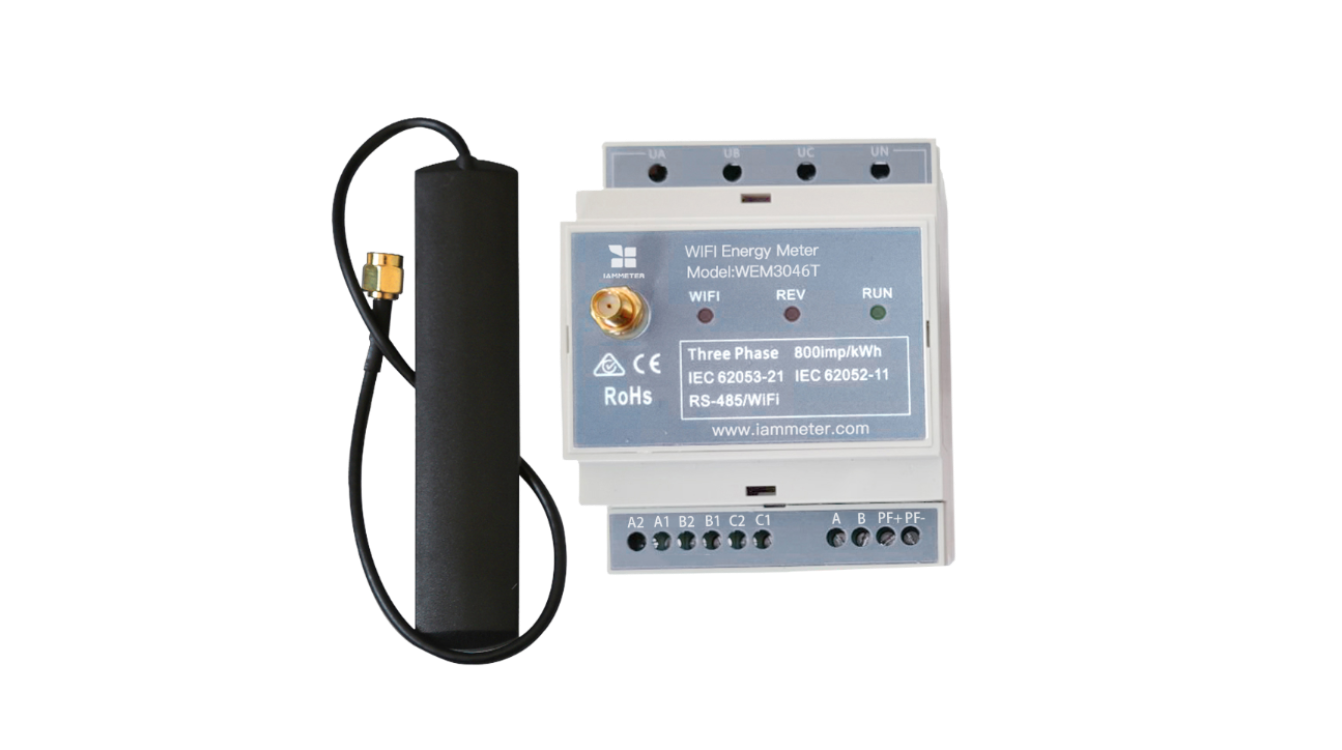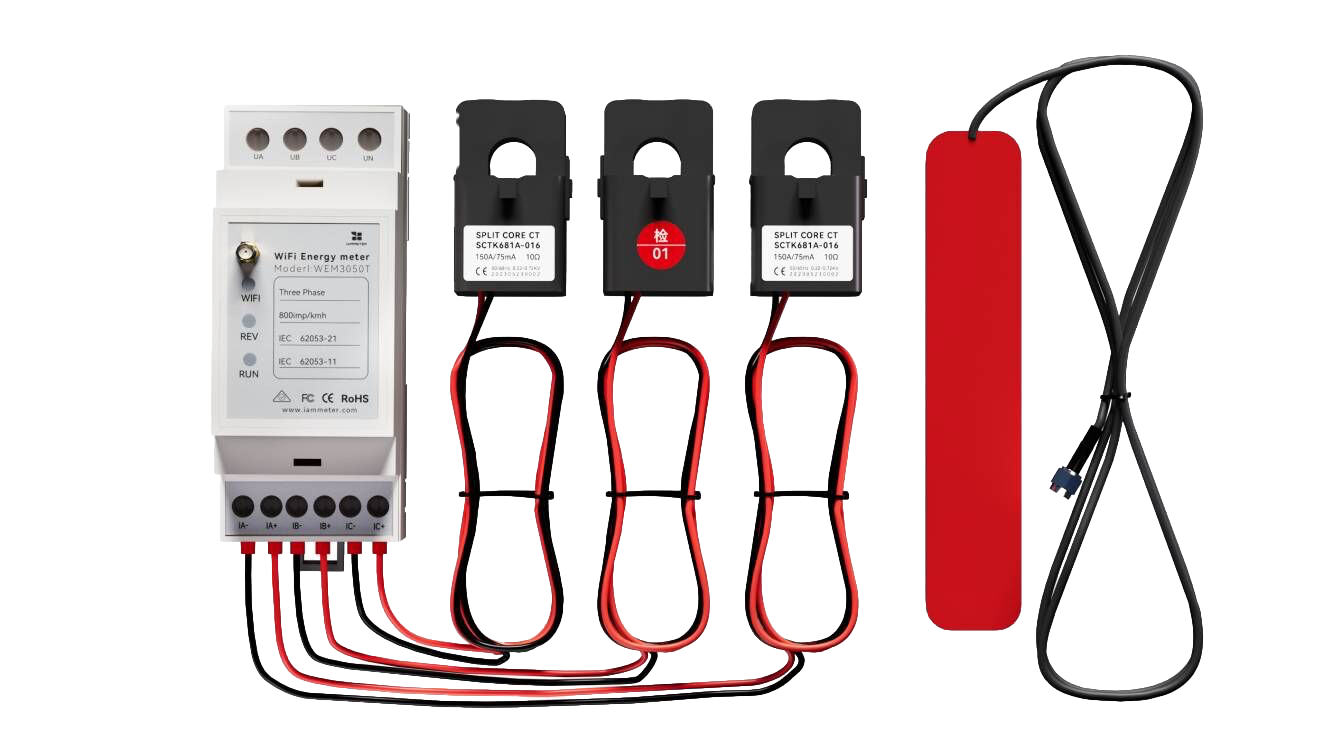Integrate IAMMETER Energy Meters into Self-Hosted and Open-Source Systems
Integrate IAMMETER Wi-Fi Energy Meters with Home Assistant, Node-RED, and Open-Source Platforms
IAMMETER provides a series of Wi-Fi energy meters — including WEM3050T, WEM3080T, and WEM3046T.
All models share the same open communication architecture and integration capabilities, supporting local and self-hosted energy management systems.
This guide focuses on integrating IAMMETER meters into Home Assistant, Node-RED, OpenHAB, ioBroker, ThingsBoard, Zabbix, and other open-source or locally deployed platforms — including IAMMETER-Docker and IAMMETER-Central — without relying on IAMMETER-Cloud.
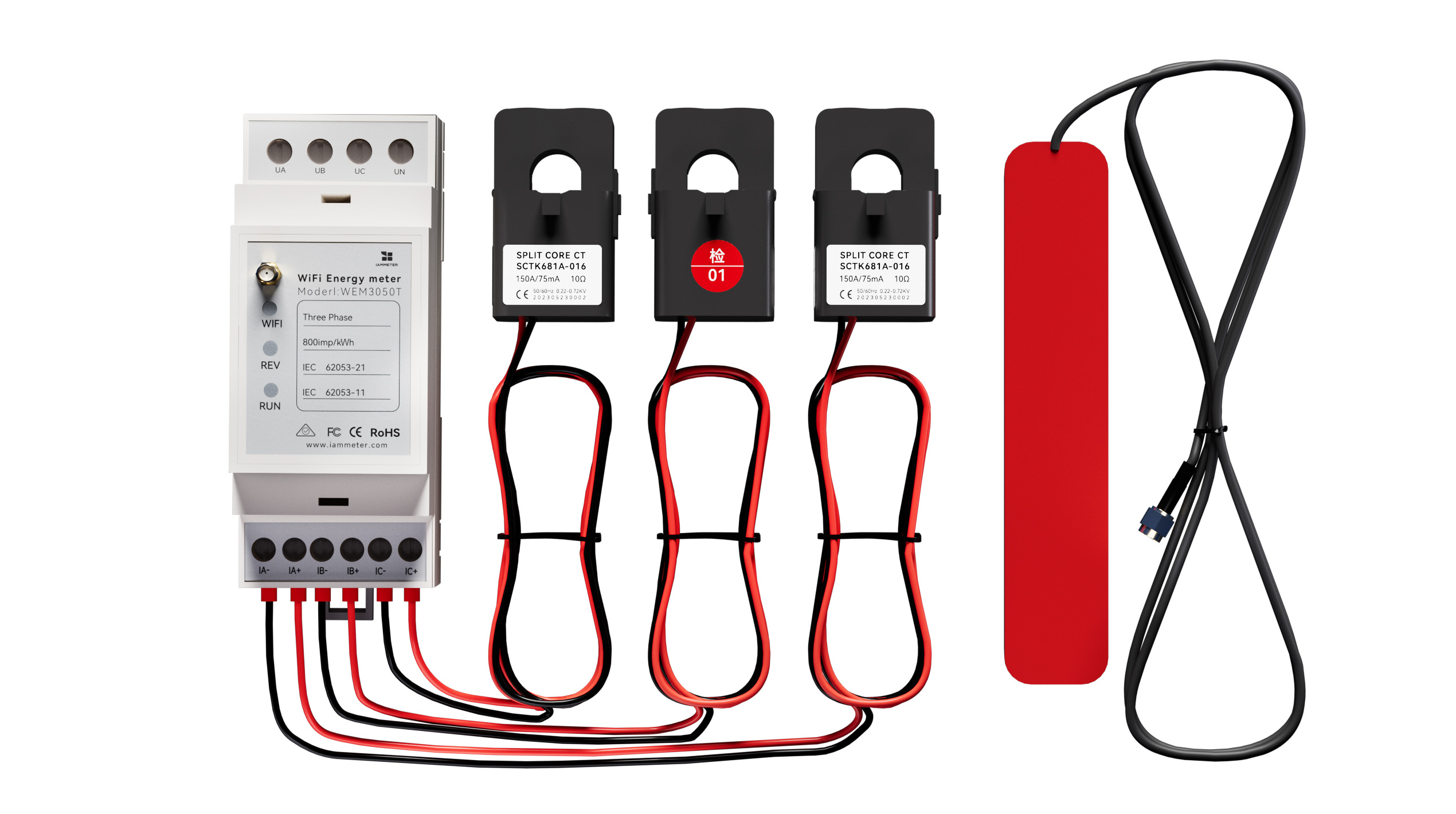
1. Product Overview
IAMMETER’s Wi-Fi energy meters are designed for both local and cloud-based monitoring applications. They offer open APIs and multiple communication interfaces such as Modbus/TCP, MQTT, HTTP/HTTPS, and RESTful API, enabling integration with nearly any energy monitoring or home automation platform.
🧩 Each IAMMETER meter supports direct data upload to your own server or third-party software, and can also operate entirely offline for LAN-based systems.
2. Integration Platforms
🏠 Home Assistant
IAMMETER meters integrate with Home Assistant in four ways:
| No. | Integration Method | Interface | Refresh Rate |
|---|---|---|---|
| 1 | Core Integration | HTTP | 1 min |
| 2 | Modbus/TCP Sensor | Modbus/TCP | 1 s |
| 3 | MQTT Sensor | MQTT | 12 s |
| 4 | HACS Integration | HTTP / Modbus/TCP | 1 min / 1 s |
📘 Resources:
- Integrate IAMMETER with Home Assistant
- Summary: Using IAMMETER in Home Assistant
- Monitor Your Solar PV System in Home Assistant
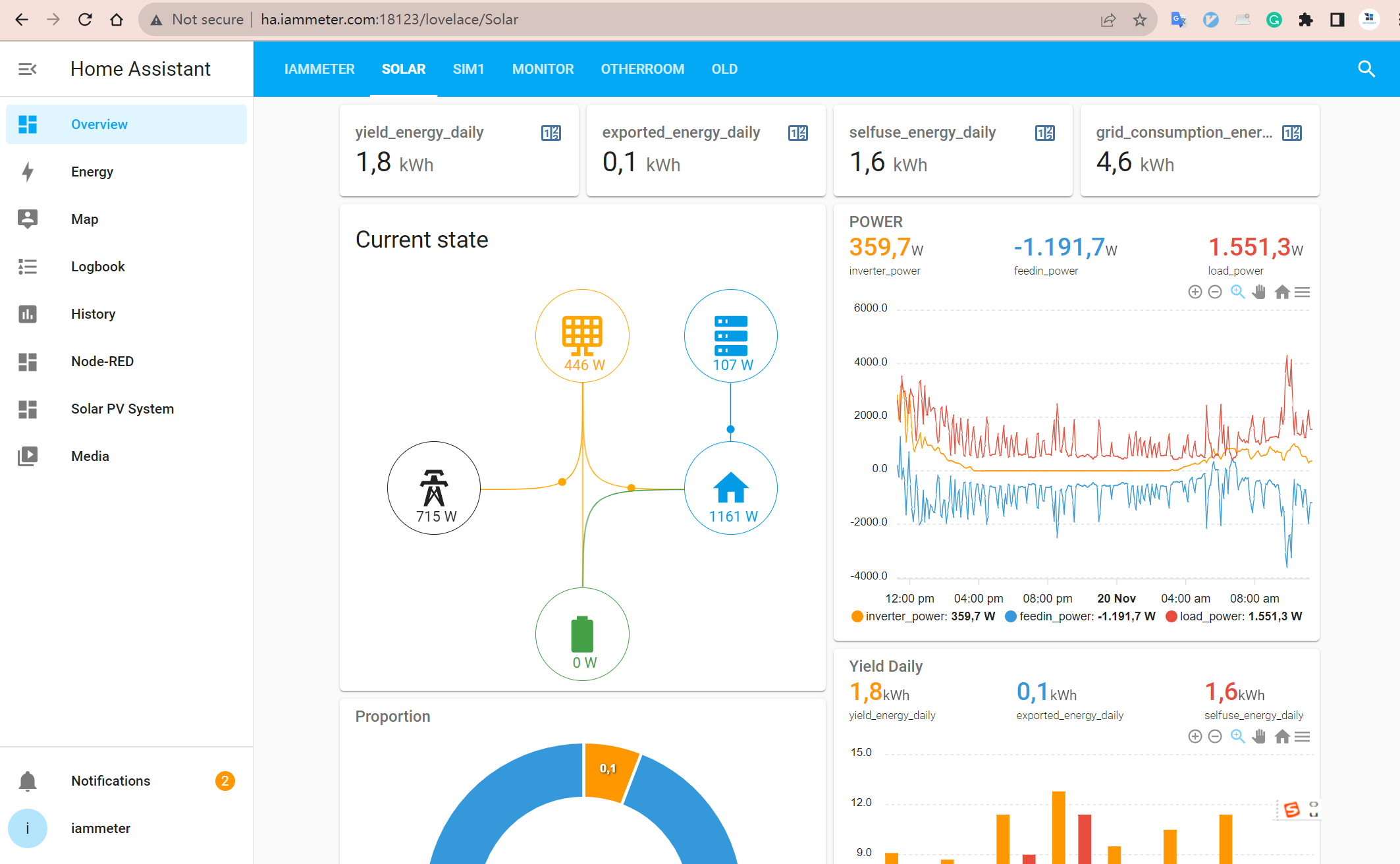
🔄 Node-RED
Node-RED users can visualize, process, or automate IAMMETER data through MQTT or HTTP nodes.
📘 Resources:
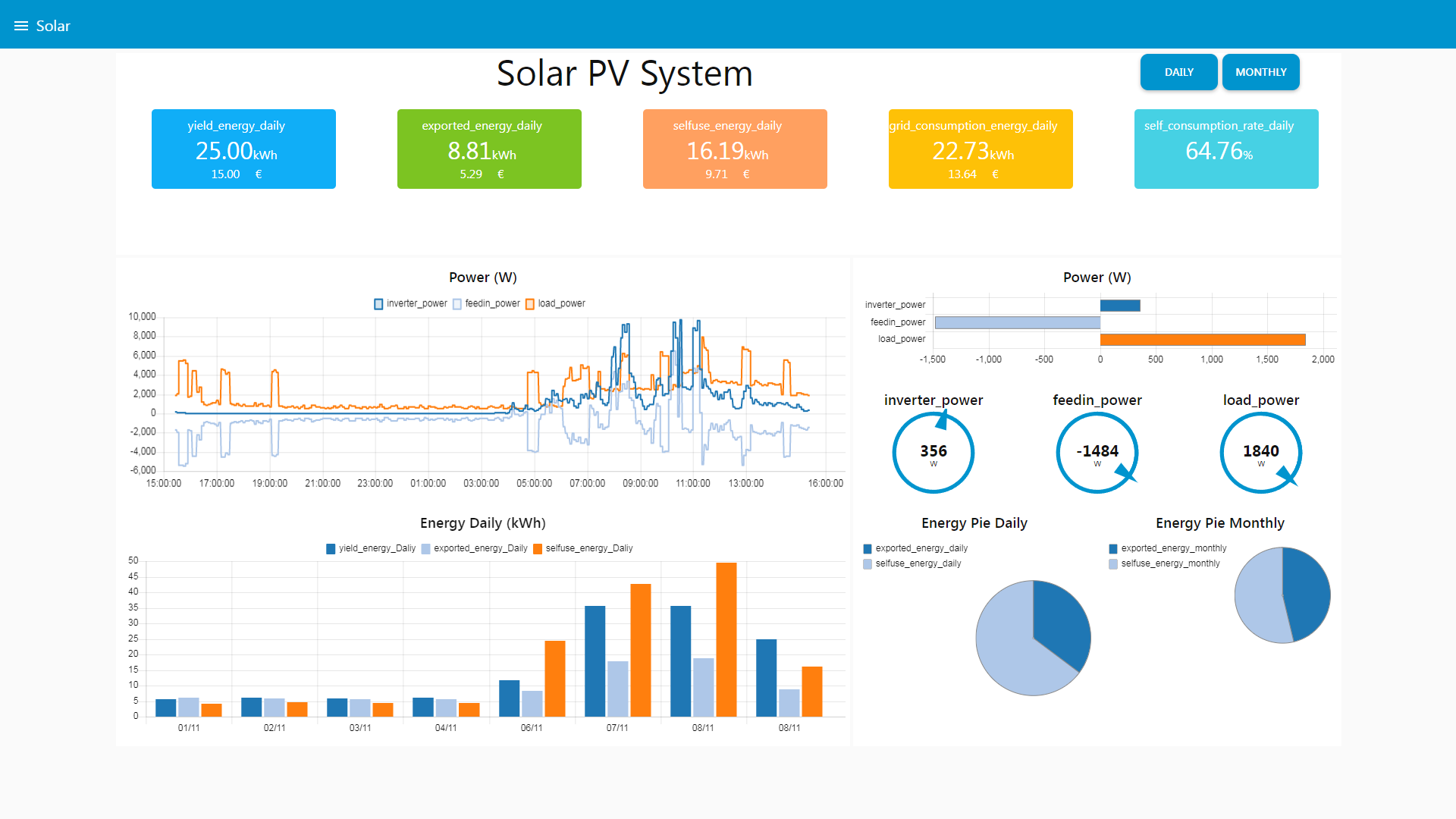
💡 OpenHAB / ioBroker / Zabbix / ThingsBoard
IAMMETER meters can be connected to various open-source monitoring tools such as OpenHAB, ioBroker, Zabbix, and ThingsBoard, using their built-in APIs or MQTT/HTTP upload options.
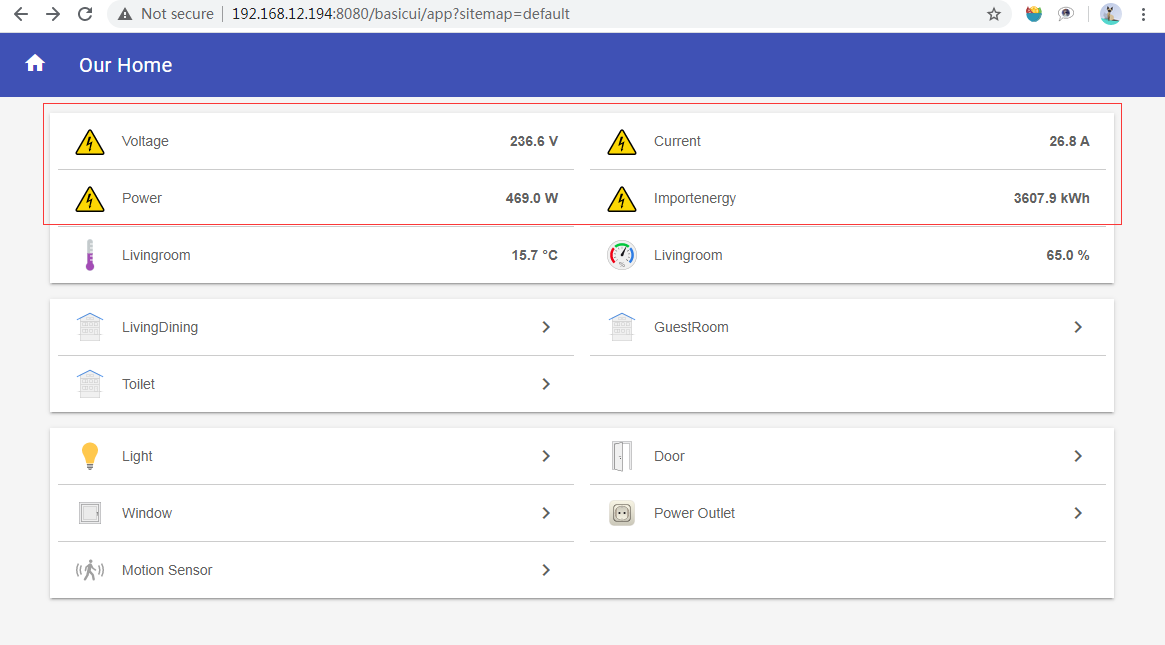
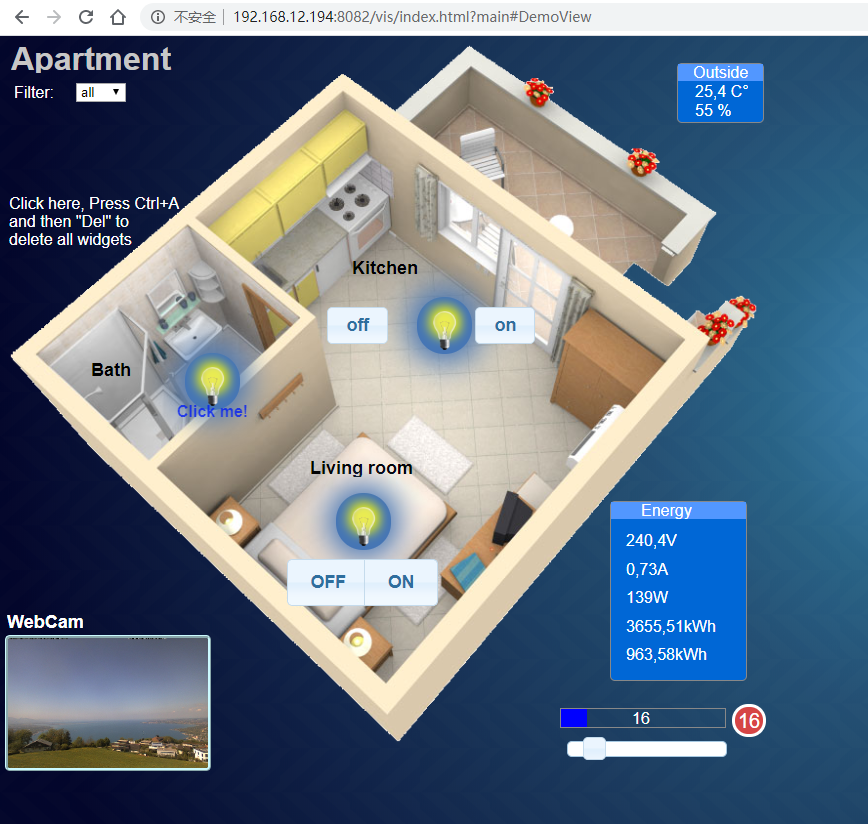
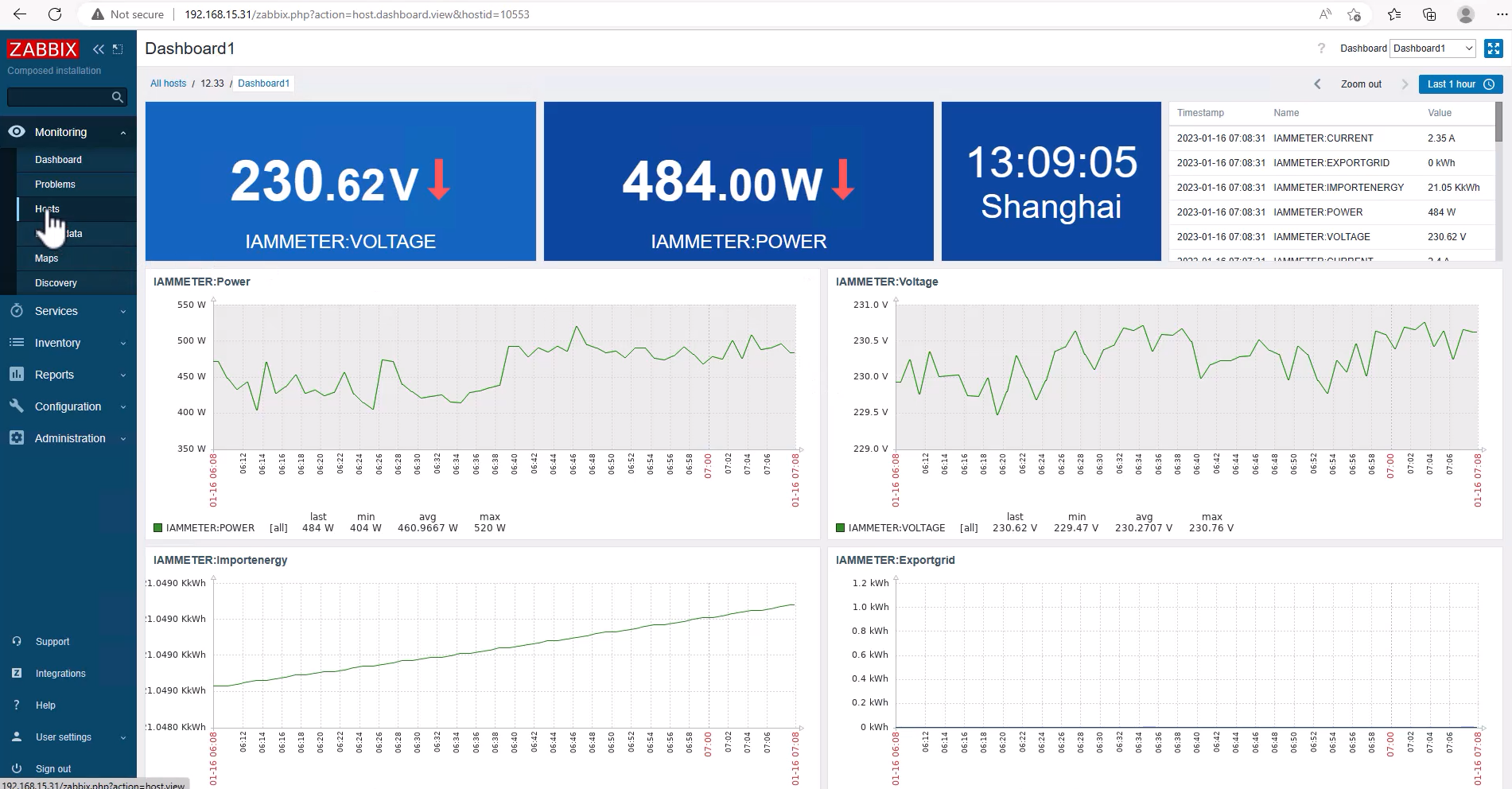
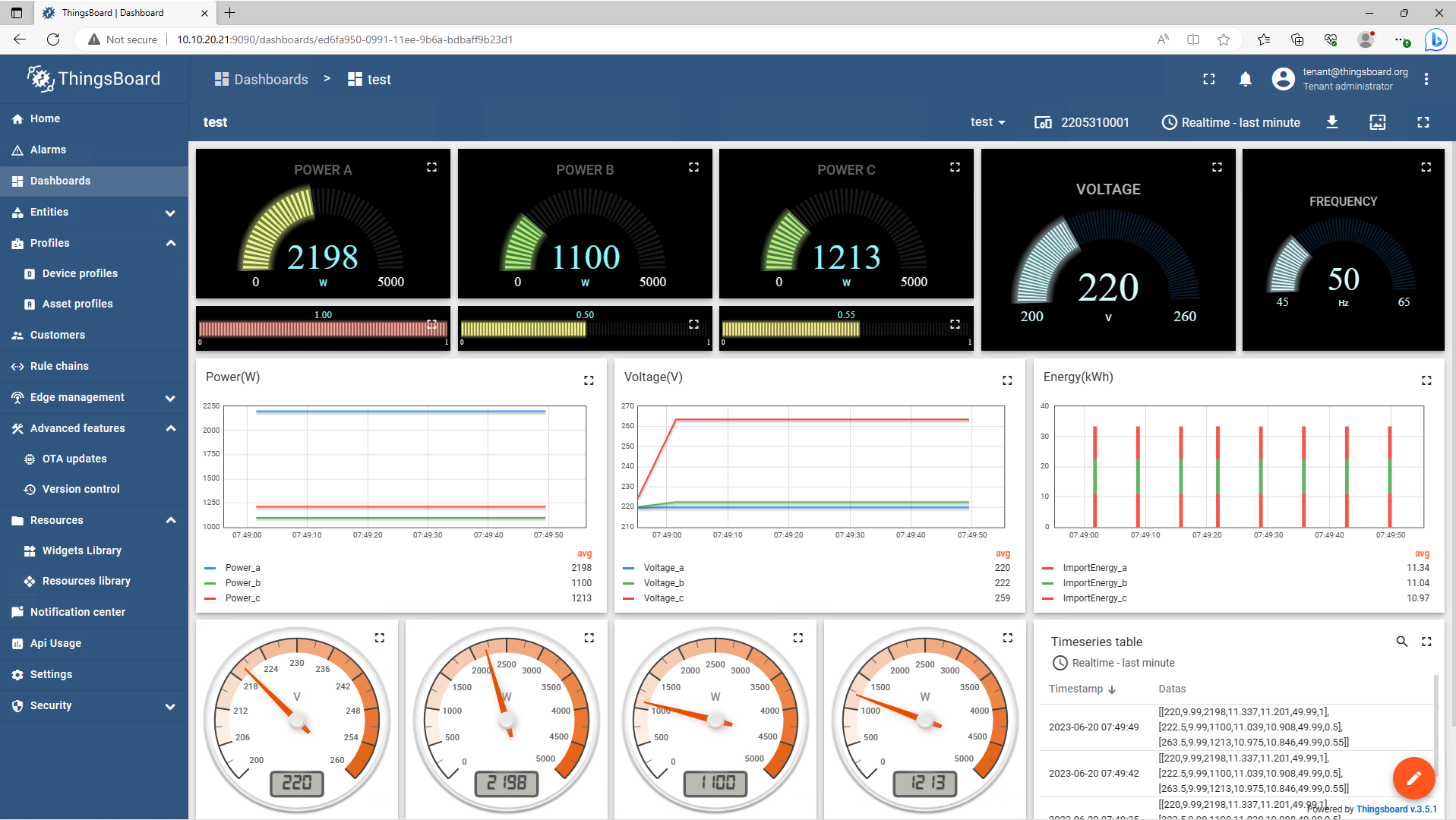
🐋 IAMMETER-Docker
IAMMETER-Docker is an open-source energy monitoring system developed by IAMMETER. It can be deployed on your own server (for example, Raspberry Pi) and functions as an API server for custom UI or data analytics.
Even if you don’t own IAMMETER hardware, you can still use IAMMETER-Docker to monitor PV systems or energy usage.
📘 Guide: Add IAMMETER Meter to Docker
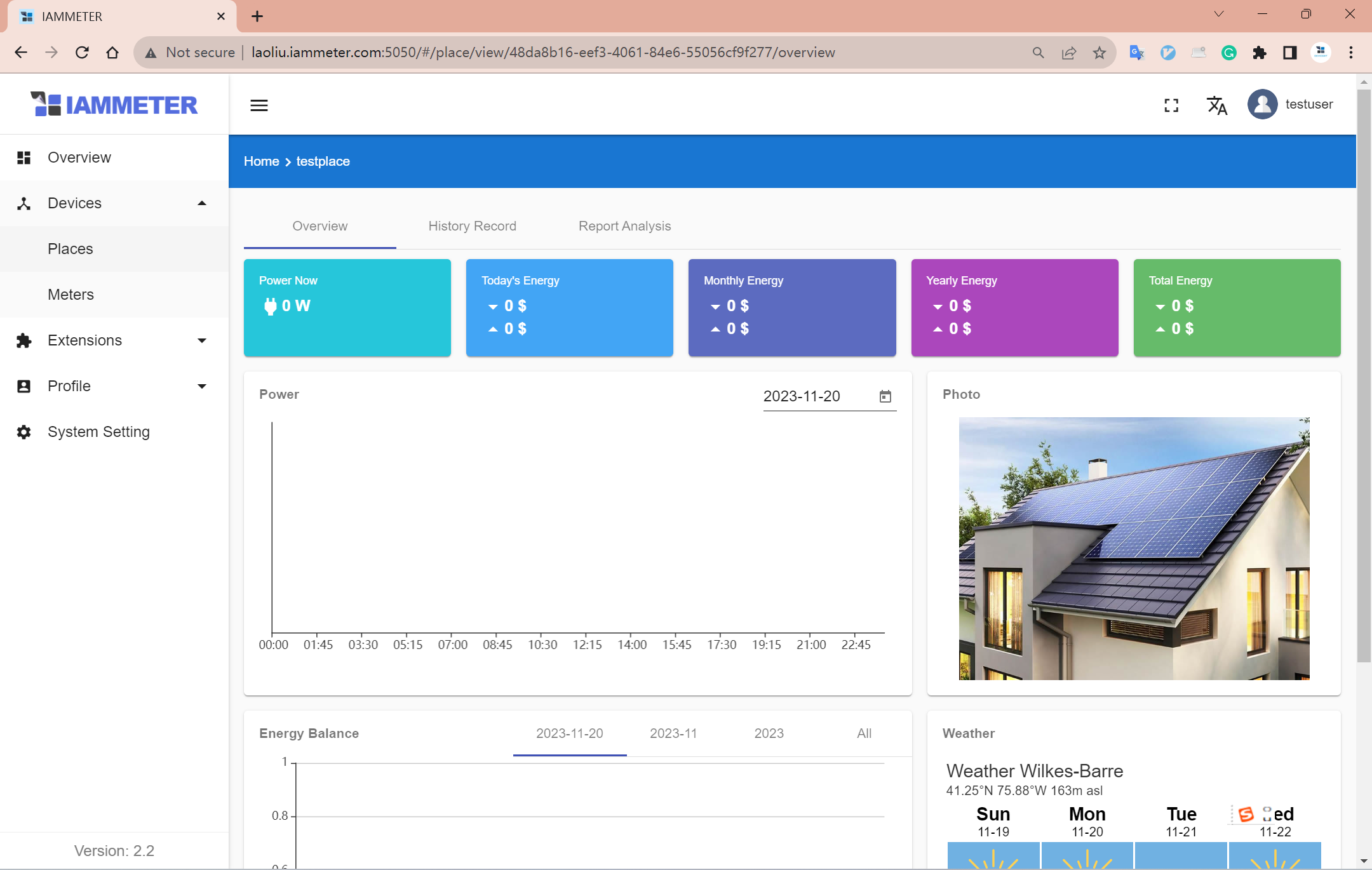
🏢 IAMMETER-Central
IAMMETER-Central is an enterprise-level middleware system developed by IAMMETER for users who want to manage their energy data in-house.
Key Features
- 🧩 Acts as a data middleware, not a full analytics system.
(No built-in dashboards for energy or solar analysis.) - ⚙️ Handles storage and management of raw meter data — voltage, current, power, and energy (kWh).
- 🔗 Provides a comprehensive RESTful API layer, allowing enterprises to integrate IAMMETER data directly into their own ERP or management systems.
- 🗄️ Supports MySQL and MariaDB databases.
- 🔐 Only IAMMETER product SNs (including Virtual Meters) can be registered.
- 💡 Recommended for enterprise-level integration between IAMMETER meters and corporate systems (e.g., ERP, EMS, or building management software).
Why use IAMMETER-Central
While IAMMETER meters can upload data directly to customer servers via standard protocols (TCP, MQTT, HTTP),
IAMMETER-Central simplifies integration — customers can call Central’s REST APIs instead of coding data-parsing logic from scratch.
This approach is both faster and more reliable for production environments.
For installation and usage details, please visit the IAMMETER-Central official guide.

3. Open Data Interfaces
All IAMMETER Wi-Fi energy meters share the same open interface system. They can either push data to third-party servers or respond to local API requests on the same LAN.
| Interface | Description | Protocol | Reference |
|---|---|---|---|
| Modbus/TCP | Real-time data (1s interval) for automation or SCADA | Modbus/TCP | Docs |
| MQTT | Publish energy data to any MQTT broker | MQTT | Docs |
| TCP/TLS | Push data securely to a remote server | TCP/TLS | Docs |
| HTTP/HTTPS | Send energy data via RESTful POST | HTTP/HTTPS | Docs |
| Local RESTful API | Retrieve real-time data directly via LAN | HTTP GET | Docs |
These open interfaces make IAMMETER meters ideal for developers to build their own energy management systems, automation solutions, or smart energy dashboards.
4. Resources
- WEM3050T Product Page
- WEM3080T Product Page
- WEM3046T Product Page
- Integration with Home Assistant
- Node-RED Integration Guide
- Modbus/TCP Register Map
- Local API Overview
5. Summary
All IAMMETER Wi-Fi energy meters — including WEM3050T, WEM3080T, and WEM3046T — share identical data structures, protocols, and API formats.
This consistency ensures that any integration or automation developed for one model will work seamlessly across the entire IAMMETER ecosystem.
This guide focuses on local and self-hosted integrations, ideal for users who prefer to build their own dashboards, automations, or energy management servers rather than relying on cloud-based systems.
Last updated: October 15, 2025




